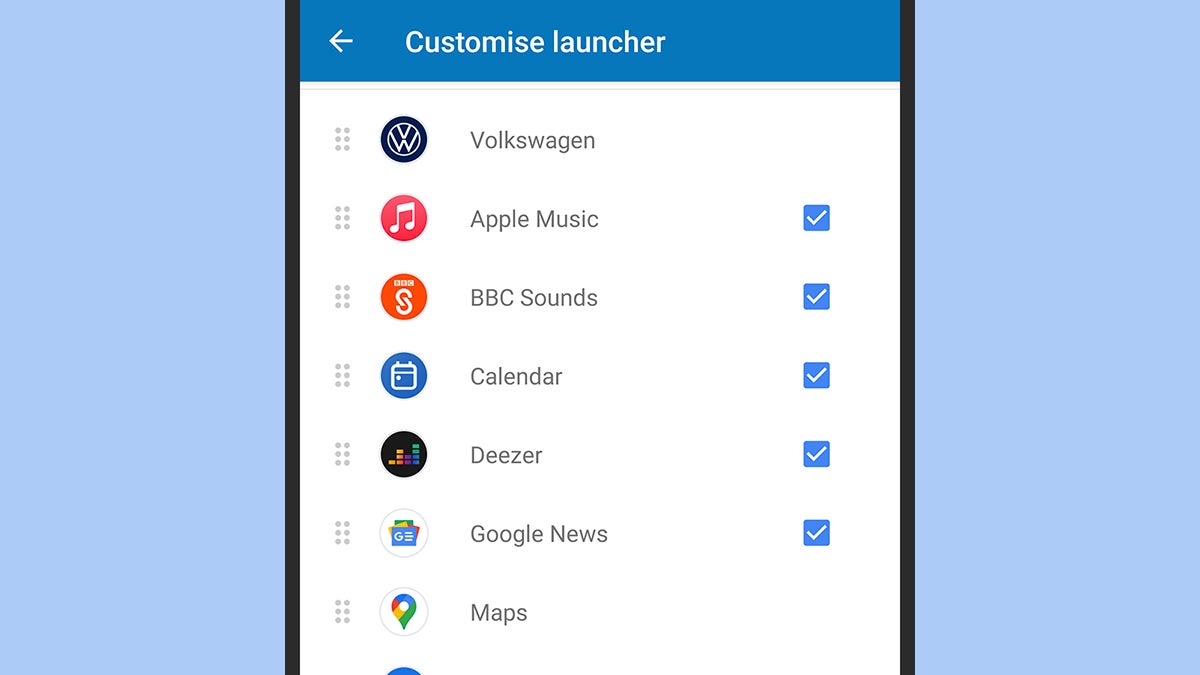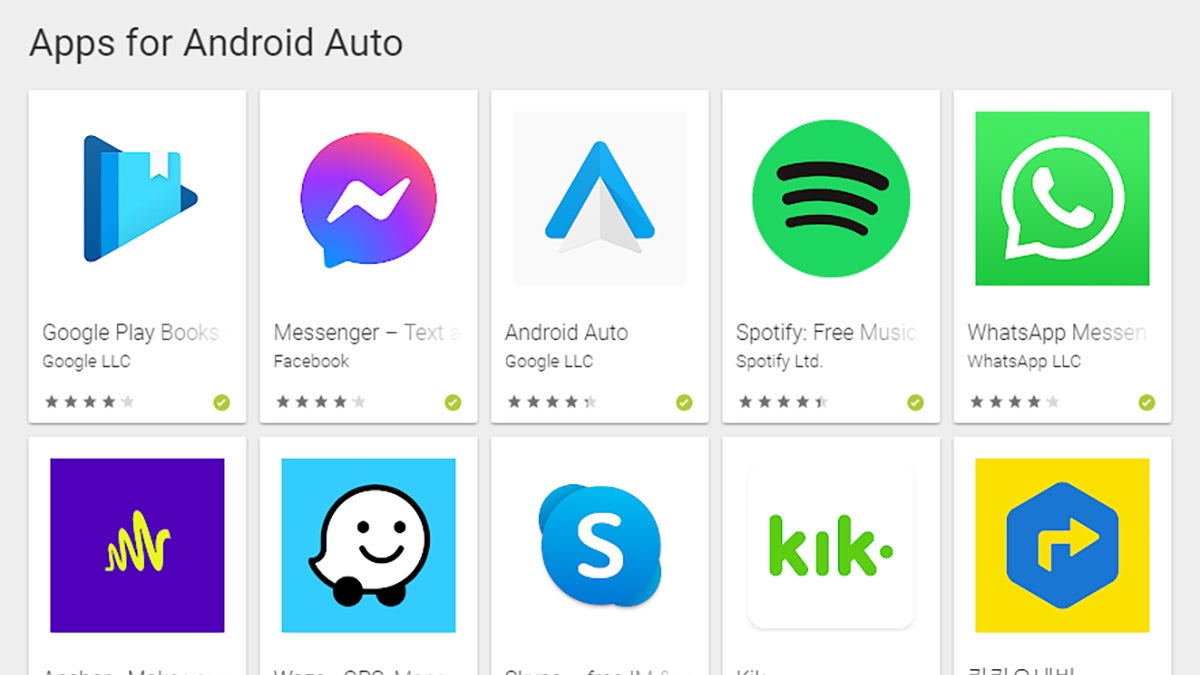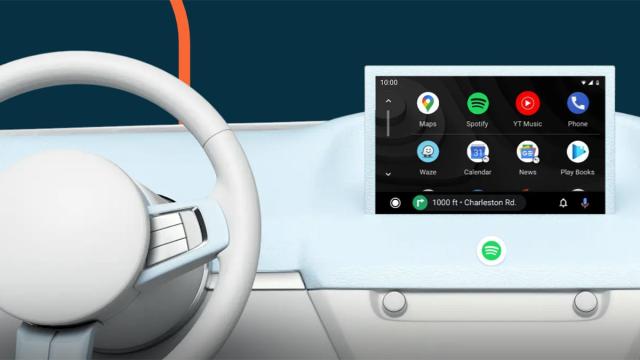Google’s Android Auto is more than six years old now, and it’s changed a fair bit in that time. The latest version is baked into Android, if you’re running Android 10 or later, but you can download the stand-alone app if you don’t already have it. More and more automobiles and car stereos now support Android Auto (as well as Apple CarPlay), so if you’re just getting started with the technology, here are some of the tips you need to know.
You can actually use Android Auto without connecting to a car dashboard at all — just launch the app on your phone and fix your phone to the dashboard or windscreen. The tips below apply to the wired version and to the wireless version of Android Auto that runs through your car’s actual hardware.
1. See Traffic While You Drive
You’ll most often use Google Maps in Android Auto in navigation mode when heading somewhere specific, in which case current traffic conditions show up automatically. However, it’s also useful to have Google Maps up when you know where you’re going or you’re just exploring. In this mode, tap the cog icon (lower left) and then turn the Traffic toggle switch on to make sure you can see any delays coming.
2. Customise the Home Screen
You don’t have to settle for Android Auto’s default dashboard look. From the main list of apps, tap Customise, and then switch to your phone. You can then decide which Android Auto-compatible apps show up on your car dashboard, and in which order. It’s a good idea to get rid of the apps you’ve never going to use in your car, as it means fewer icons to scroll through when you’re trying to find the shortcut you need.
3. Set Up Shortcuts
Besides app shortcuts, you can also set up shortcuts to specific contacts and Google Assistant commands on the Android Auto dashboard. From the app drawer on the car display, tap Customise, then open your phone and choose Add a shortcut to the launcher. Just about any command that works with Google Assistant can be added, so you can do everything from open your garage to have your text messages read out loud to you.

4. Mute Specific Conversations
Having alerts pop up while you’re driving can be helpful if something really important comes up, but it can also be distracting if you’re constantly getting pings from all the group chats you’re in. To mute a conversation in any of the instant messaging apps that support Android Auto, tap a notification when it appears, then choose Mute conversation on the next screen. Messages will still be delivered, but the alerts won’t show up.
5. Use Your Voice
Voice control is of course the safest and easiest way of controlling Android Auto while you’re driving, and depending on your car you might just be able to say, “Hey Google” or press a button on the steering wheel to start talking. Tap Settings on your car dashboard, then Access on phone screen, and on your phone you should see a “Hey Google” detection toggle switch — make sure this is on if you want to use hands-free voice control.
6. Set Your Default Music Provider
If you want Google Assistant to launch some playlists for you, but are unsure how it will know which of your Android Auto-supporting music apps you want to use, follow these steps: From the Android Auto dashboard, pick Settings and Access on phone screen, then switch to your phone and tap Google Assistant and Music. This will affect the Google Assistant everywhere you use it, but you can also specify music services by name if you need to.
7. Get to Know Your Car
It’s worth going through the instruction manual that came with your car — or just running a search on the web — to see which Android Auto functions can be operated from your steering wheel. Functions like volume control, Google Assistant activation, and the ability to skip forward and backward through playlists can often be operated through physical buttons on your steering wheel, which is safer than tapping at the Android Auto display.

8. Find More Apps
If you’re wondering which apps are compatible with Android Auto — that is, which ones will appear on your car dash if they’re installed on your phone — then Google provides a full list to check out. You’ll see that messaging apps and audio apps dominate, because Android Auto hasn’t yet gotten to the level of a Tesla dashboard and can’t play video yet. Still, you should find plenty in the list to keep you entertained.
9. Don’t Pick Up Where You Left Off
By default, if Android Auto was playing podcasts, music or any other audio when you last disconnected your phone from the car stereo, it will resume from the same app the next time a connection is established so you can continue listening. If you’d prefer this didn’t happen, tap Settings then turn the Automatically resume media toggle switch off. You’ll then have to manually start up your audio again the next time you get in the car.
10. Block Out Distractions
For your safety and the safety of other drivers, it’s a good idea to enable Do Not Disturb on your phone while driving to avoid distractions, and Android Auto can do this automatically. From the app drawer on your car screen, choose Settings then Access on phone screen, then on your phone tap Car settings and Behaviour. Your phone’s default Do Not Disturb configuration is applied, set through Sound and vibration on your phone’s Setting screen.
